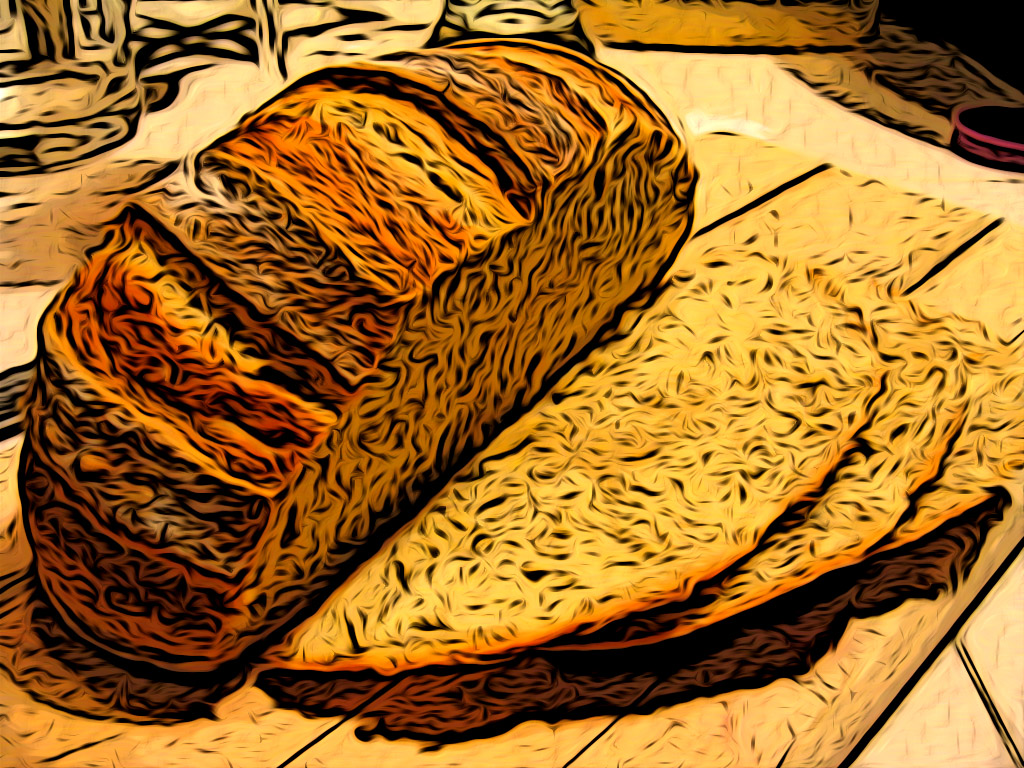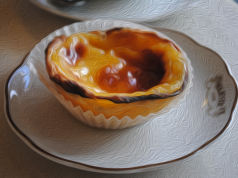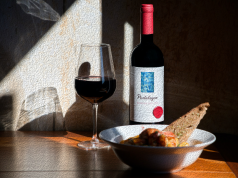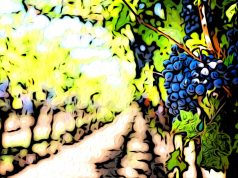Portugal offers a variety of delicious Portuguese breads with different ingredients. Some of them are popular in other countries as well. Each of them has a unique taste and texture. Below we have listed some of the most popular Portuguese breads. You should definitely try these breads when you arrive in Portugal.
Broa
Broa is a famous Portuguese bread and is quite well-known in Brazil and Galicia as well. In these two countries, Portuguese bread is usually seasoned with fennel seeds. Broa is made from yeast, yellow cornmeal, wheat, and rye flour. The exterior part of the bread is a thick crust, and the interior is soft and moist.
People in Portugal eat this bread for breakfast as well as with the traditional soup “caldo verde” before starting their meal.
Looking at its history, peasants in the mountainous areas in northern Portugal used to bake the bread Broa. They maintained their life by harvesting corn, so it makes sense that they used it in their bread.
Bolo Lêvedo
Bolo lêvedo originates from the area of Azores. Its ingredients are water, flour, eggs, sugar, salt, butter, milk, and yeast. Its shape is round, dusted with flour on the top. It is cooked at low heat. When one side gets a bit brown, they turn it over and cook the other side.
It is suggested to eat it hot, with fruit jams or with butter. A cup of coffee with them is a good option.
Broa de Milho
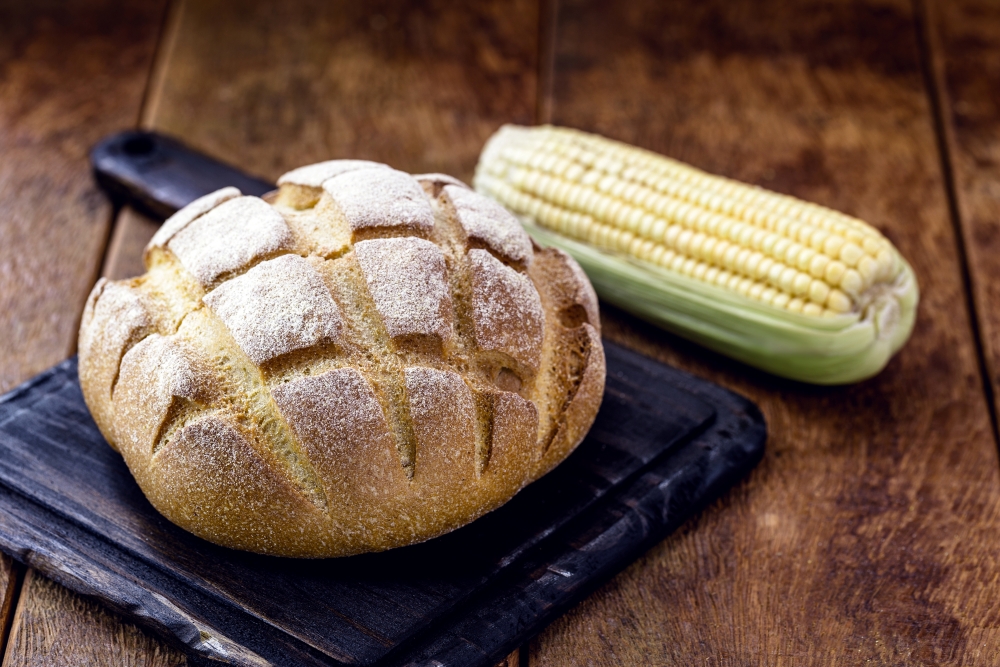
Another Portuguese bread is Broa de milho, also known as pão de milho. This bread comes from northern Portugal and the Azores. You can also find this bread in some of Brazil and Galicia as well.
It is Portuguese cornbread. The bread’s ingredients are water, plain flour, cornmeal, yeast, milk, sugar, salt, and butter. As you notice, there is no wheat in the ingredients. The reason is that wheat is difficult to grow in the northern soil. So, bakers use three parts corn to one part buckwheat, to make it dense enough. As a result of this, it has a yellow interior and a rich flavor. It has a moist texture and is a good accompaniment to soups such as “caldo verde”. It is also great paired with cheese, butter, Portuguese cold meats, or stews. Its taste is similar to the Irish soda bread and is both sweet and salty at the same time.
Although they considered broa de milho as a poor man’s food before, today anyone from any part of the society enjoys this bread. You can find it in supermarkets or at a local bakery (padaria).
People also use broa de milho in some Portuguese dishes such as bacalhau com broa.
Torrada
Torrada is also known as torrada com manteiga (toast with butter). It is basically a sliced buttered bread. The slice however is a bit thicker than it normally is in other countries. Many Portuguese people enjoy this bread in the morning.
People also use this bread to make fatias douradas, or rabanadas(egg and/or milk-battered slices of toast). They are a Portuguese type of French toast. People serve it both warm and cold. You can find it in patisseries (pastelaria) placed next to other cakes. You can also see fatias douradas being served as a dessert around Christmas time.
Pão de Deus
“Pão de deus” literally means the bread of God. It is a traditional Portuguese dessert. It dates back to the 15th century. Historically, they made this bread in convents all around Portugal. It is a round soft brioche with a topping of dried coconut and eggs. There is lemon zest, vanilla, or rum within its dough. It is baked until its topping turns golden and crispy.
People in Portugal generally eat it for breakfast. Yet, the bread is also associated with All Saints Day (the Catholic holiday) and the custom of pão-por-deus. According to custom, children knock on doors and recite some poetry, and then take sweets and candy. You can eat the bread alone, or you can make a sandwich with it.
Bolo do Caco
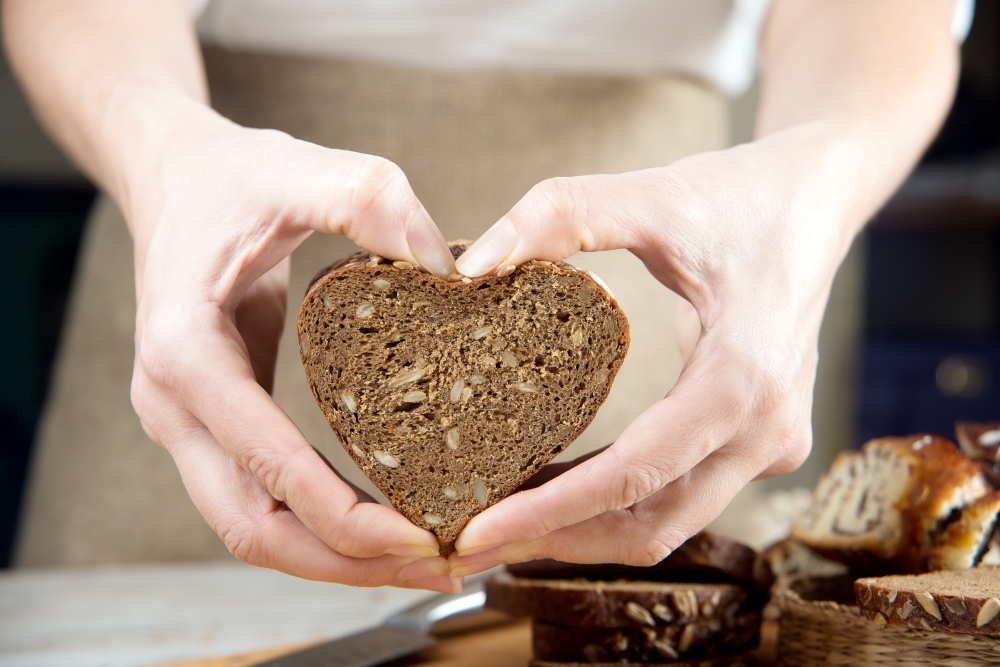
Bolo do Caco comes from the region of Madeira, but you can also find it in other parts of the country as well. Its name comes from caco, which means hot stone. Traditionally, people bake it on stone slabs of basalt.
It is a very soft leavened bread, in a flat round shape. The ingredients of this bread are wheat flour, water, salt, and sweet potatoes.
Usually, people serve the bread with garlic butter as a warm appetizer. They also make sandwiches with this bread. For sandwiches, they usually put ham and cheese inside. Alternatively, steak, sausages, presunto (Portuguese ham), and carne em vinho e alho (meat in wine and garlic) are your other options. Bolo do Caco is also a good accompaniment for many traditional dishes as well.
Portuguese Sweet Bread
Besides Portugal, Portuguese sweet bread is popular in New England and Hawaii as well. The reason is the high number of Portuguese immigrants there. The ingredients of the bread include yeast, flour, eggs, milk, and flavorings like sugar or honey. Some bakers put lemon peel to the dough as well.
Portuguese sweet bread has a round shape, usually served with butter. Traditionally, people prepare this bread for Christmas and Easter celebrations.
Folar de Chaves
As its name suggests, Folar de Chaves originates from Chaves. However, you can find it throughout the country because it is quite popular.
This traditional bread is a stuffed bread. Its ingredients are the leavened dough with lots of eggs, lard or butter, and olive oil. The fillings of this bread typically include cured or smoked pork products like ham (presunto), sliced sausages, or bacon.
Traditionally, people bake this bread for Easter. Yet, they also make folar de Chaves for other celebrations and special occasions as well.
Broa de Avintes
Broa de Avintes is very common around Vila de Gaia near Porto. It is dark Portuguese bread, and has a dense texture. It has a bittersweet and intense flavor as well. The ingredients of this bread are white and yellow corn flour, malt flour, rye flour, hot water, yeast, and salt. Often, people serve this bread with soups, grilled fish dishes, or sweet jams. This Portuguese bread is also a good pair for smoked sausages such as Chouriço and Linguiça. People consider it a comfort food in north Portugal.
Folar de Valpaços
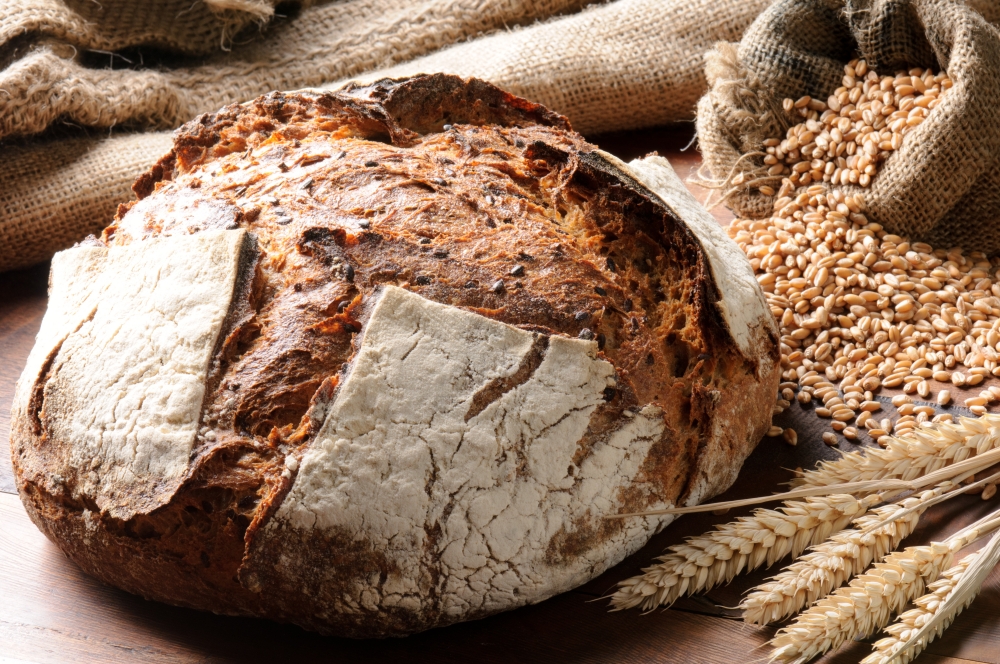
It was first mentioned in print in 1959. Then in 2016, the European Commission awarded it with the Protected Geographical Indication status.
Traditionally, folar de Valpaços is associated with Easter. However, people also enjoy this taste on various other occasions as well. It is basically a filled bread. The filling traditionally consists of pork products like bacon, pork meat, ham, sausages, or shredded pork shoulder. Its dough consists of eggs, flour, and Trás-os-Montes olive oil.

